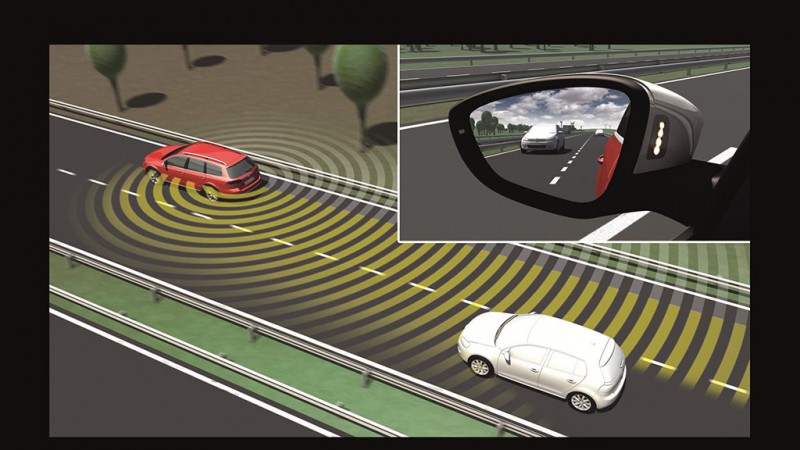The UR:BAN research initiative (UR:BAN = Urban space: user-friendly assistance systems and network management) has presented its interim results in a presentation in Braunschweig. Together with its 30 partners, Volkswagen Group Research is there to present intelligent and cooperative driver assistance systems for future transportation which will enable safe, stress-free and rapid driving in complex urban traffic.
UR:BAN has been working on innovative assistance systems for complex traffic situations in urban traffic since January 2012. Urban traffic is increasingly being defined by its dynamism and its wide variety of traffic participants and vehicles. Volkswagen Group Research is involved in all three pillars of the UR:BAN project: “Cognitive Assistance”, “Human Factors in Traffic” and “Networked Traffic Systems”.
In the “Cognitive Assistance” project, Volkswagen Group Research is developing three innovative assistance systems which aid the driver in urban traffic, inform the driver in a timely way, recommend appropriate manoeuvres and can even intervene in an emergency. In an effective and situation-specific way, these systems offer safe longitudinal and transverse guidance to help the driver achieve a mode of driving in urban traffic that is anticipatory, safe and relaxed.
For example, the “Lane changing assistant” assists with active interventions in longitudinal and transverse guidance when switching driving lanes in dense traffic on urban access and arterial roads. During a manoeuvre, the system observes surrounding vehicles with all-round 360° monitoring and assists the driver in selecting an open space in the destination lane and approaching it by indicators and steering movements.
The “Bottleneck assistant”, on the other hand, helps the driver if there are vehicles that are stationary or completely blocking the driving lane, for example, so that only a very narrow passage is possible. An advanced development of the Lane Assist system that is already in production cars detects obstacles in the car’s own driving lane as well as in opposing traffic with a sensor that visualises the surroundings in 3D. The system checks whether a safe path exists, and it assists by active steering intervention when driving past the obstacle while maintaining a safe distance.
The “Emergency braking assistant” reduces or even avoids imminent collisions in the urban environment by situation-specific braking and steering interventions.
In the second pillar of the project, “Human Factors in Traffic”, Volkswagen Group Research is working on a new type of human-machine interface. This is an intelligent communications channel that will take information, filter and prioritise it and present it to the driver as needed.
It thereby contributes significantly towards achieving an anticipatory style of driving, it can make hazardous situations safer and it promotes low-emissions driving.
At the halfway point of the project, all three systems and the human-machine interface could be experienced in realistic urban driving situations in a dynamic driving simulator. The second half of the project will involve integrating these assistance systems in test vehicles, so that they can be experienced in real traffic.
In the “Networked Traffic System” subproject, Volkswagen Group Research is developing the “Intersection Pilot”, with the goal of improving traffic efficiency in the vicinity of intersections based on Car-to-X communication. This assistance function informs the driver locally about traffic nodes located ahead. It supports the driver with optimal driving manoeuvres and simultaneously enables improved traffic light switching by routing vehicle information.
The “Merge and start assistant” recommends an optimal speed right at the entrance to the intersection to enable driving through on a green traffic light phase without having to stop. If a stop is unavoidable, this manoeuvre is also made as efficient and convenient as possible by choosing a good stopping point for a “moving start”, which significantly reduces the start-up losses that are typical today. This lets more vehicles pass during the short green phase, which benefits all traffic participants.
The “Emergency vehicle assistant” informs all traffic participants directly of approaching emergency vehicles. It optimises traffic light switching and ensures more rapid passage of the emergency vehicle that is safer for all vehicles.
Source; Volkswagen

